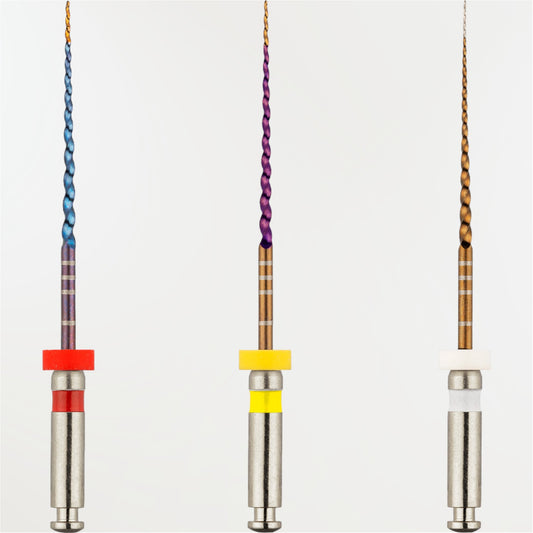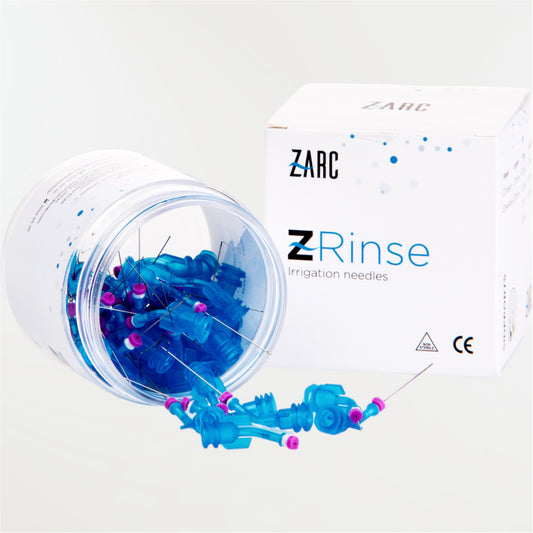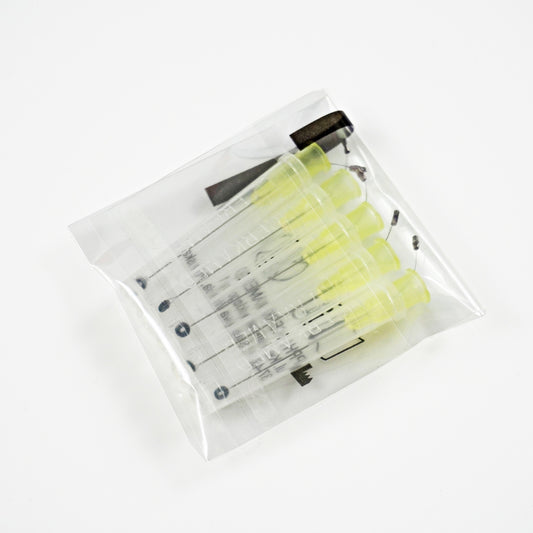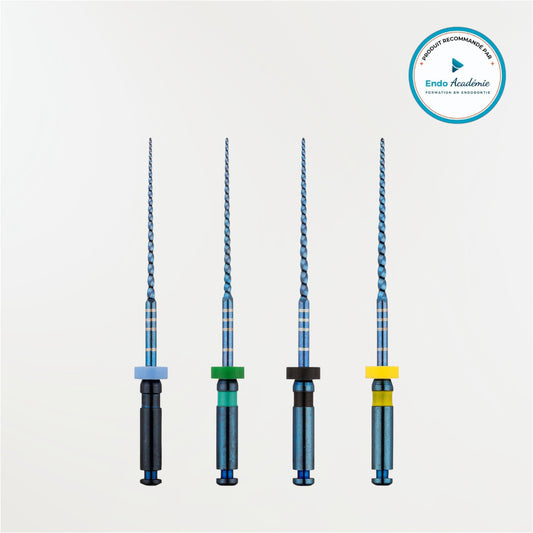Reflections on Dr. Alon Amit's intervention
In the evolving landscape of modern endodontics, few innovations truly bring about a paradigm shift. Yet, this is what the Self-Adjusting File (SAF) offers, brilliantly presented by Dr. Alon Amit at our last conference. This instrument, at the crossroads between biomedical engineering and endodontic biology, shakes up the foundations of our practice and challenges our certainties.
A response to the two fundamental challenges of endodontics
Endodontics faces two realities as ancient as they are universal: the morphological complexity of root canals and the difficulty of achieving optimal cleaning of these spaces. Since the first attempts at canal shaping, the profession has sought to model anatomy based on tools designed for ideal shapes—round, conical, predictable.
But nature has decided otherwise. Long, oval, C-shaped canals , unpredictable ramifications: real anatomy is a labyrinth. By attempting to impose an artificial geometry on it, rotating instruments create untouched areas, compacted debris, micro-cracks, and sometimes, failures.
SAF: a biomimetic approach
Where conventional systems force their shape onto the canal, the SAF does the opposite: it adapts to the existing morphology . Designed from a hollow, compressible nickel-titanium tube without a central core, the SAF file adapts to the contours of the canal, whatever its shape. Its lattice structure, flexible in three dimensions, allows it to gently widen the walls, while respecting the thinnest areas.
It doesn't rotate , it vibrates . At 5000 vibrations per minute, the SAF performs a true canal polishing, generating fine dentin dust that is immediately evacuated thanks to integrated continuous irrigation . This unique mechanism combines shaping, irrigation and agitation in a single instrument – a triptych rarely achieved in clinical practice .
Solid clinical and scientific evidence
The effectiveness of SAF is not a marketing promise. It is based on more than 200 scientific publications , which validate its performance. We thus observe a significant reduction in uninstrumented areas (22% compared to 45 to 55% with rotary systems), better bacterial disinfection , more complete filling and preservation of healthy dentin .
Even in reprocessing situations, SAF demonstrates a remarkable ability to eliminate gutta-percha residues, reducing working time and respecting the original anatomy.
Safety and operating comfort: a new standard
Another major advantage is operational safety. Due to its lack of rotation, the SAF does not fracture . And if this should exceptionally occur, its threaded structure allows for easy removal in a few minutes . Pressure-free irrigation prevents hypochlorite accidents, and the absence of excessive stress on the root walls eliminates the risk of micro-cracks.
Beyond the technique, it is a philosophy of care that is emerging: less aggressiveness, more respect for tissue, and a real understanding of nature.
Conclusion: a tool for the future?
Dr. Amit does not seek to impose a single truth, but invites a fundamental reflection: what if we have been on the wrong track in endodontics for decades?
Far from being a simple tool, the SAF appears to be a bridge between biology and technology , between anatomy and mechanics. It embodies a more precise, gentler, more effective – and perhaps more human – endodontic medicine.
To remember:
Conference Summary: 5 Key Takeaways
1. A solution to the two major challenges in endodontics: morphology & cleaning
- Root canals are not round but often oval, C-shaped , or complex.
- Conventional rotary instruments are rigid and dig into round preparations , distorting the natural anatomy and leaving many uninstrumented spaces.
- This leads to debris buildup and incomplete disinfection .
2. The SAF: a unique instrument with its compressible tubular design
- Made from a nickel-titanium tube , without a central core, it adapts to the shape of the canal thanks to its shape memory.
- It works by vertical vibration (5000/min) , not by rotation, which allows a gentle abrasive effect without forcing the natural morphology.
-
It comes in several diameters (1.5, 2.0 and 3.0 mm) and lengths, with a motion envelope that fits both narrow and wide channels.
3. Simultaneous shaping, irrigation and agitation
- SAF allows for continuous, integrated irrigation , which avoids the compression of debris in unaffected areas.
-
The integrated sonic agitator and pressure-free irrigation mechanics optimize disinfection from the start of treatment , without apical extrusion.
4. Effectiveness demonstrated by scientific research
- More than 200 studies have shown better adaptation to canal shapes , significant reduction in debris , and more complete obturation .
- SAF reaches up to 78% of the walls (vs. 50% for rotary instruments) and leaves less residual debris .
-
In reprocessing, it removes more gutta-percha in less time than traditional systems.
5. A higher level of security
- Very low fracture rate : 15 cases out of 2500, easily recoverable.
- No debris extrusion or hypochlorite accidents , thanks to gentle irrigation.
- No generation of dentin micro-cracks , because the mechanical stresses generated are well below the resistance thresholds of the dentin.







